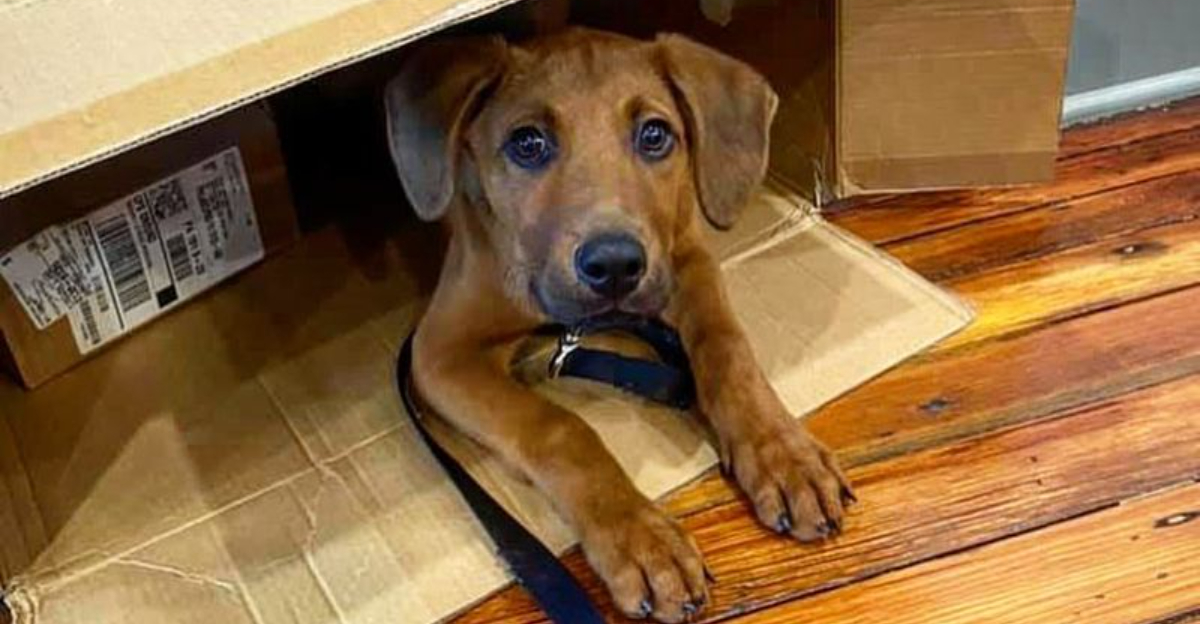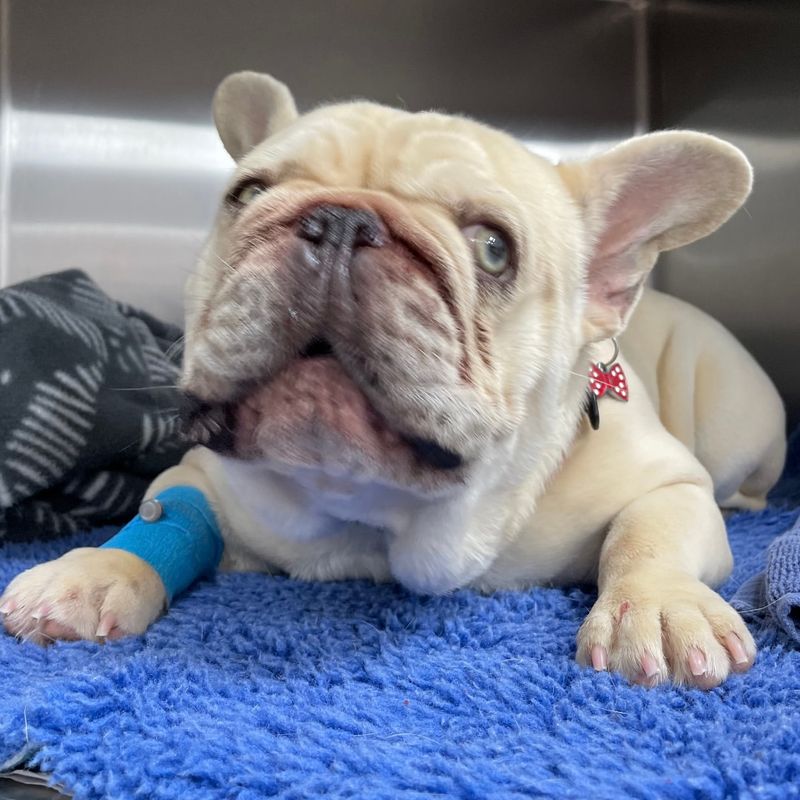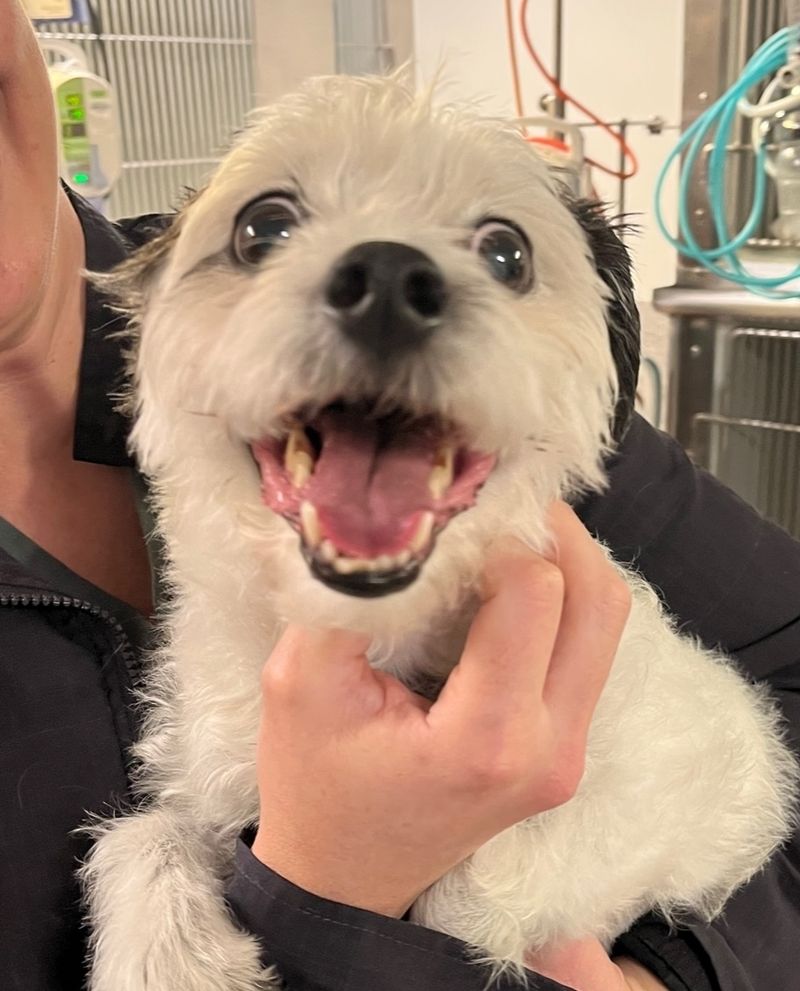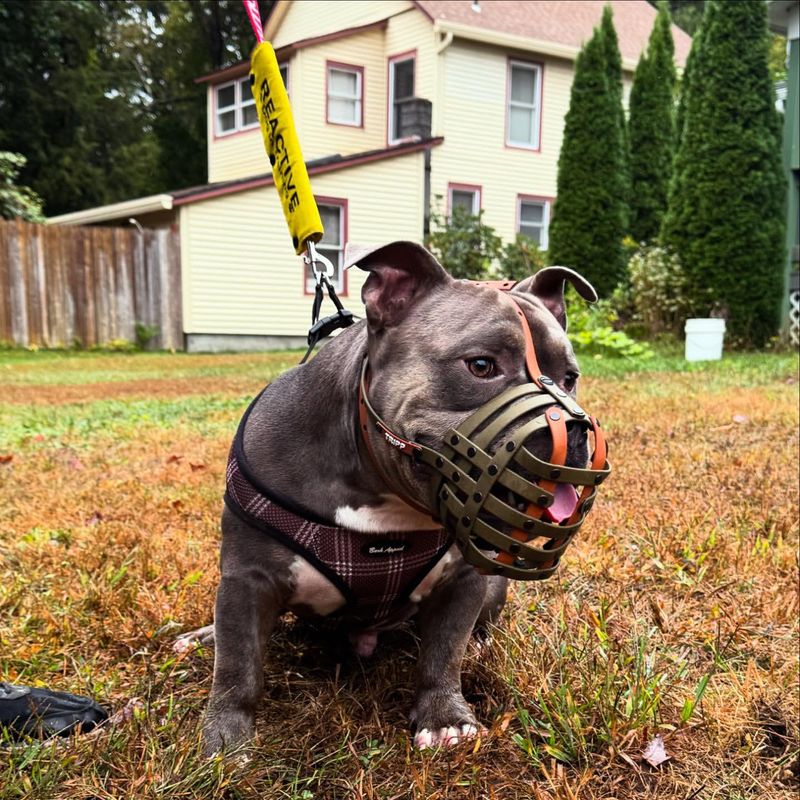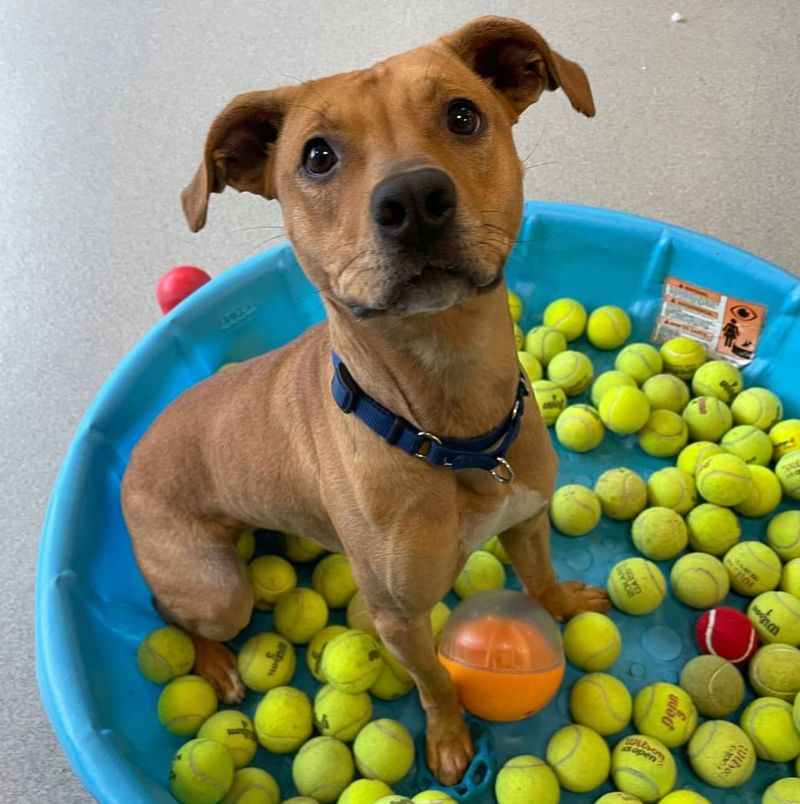Our beloved dogs are more than just pets; they are family. Recognizing when a dog is nearing the end of its life can be overwhelming and heart-wrenching. While it’s difficult to accept, understanding the signs can help you prepare emotionally and make compassionate decisions. Here are 11 heartbreaking signs that your dog may be near the end, along with ways to provide comfort during these challenging times. These insights aim to empower you with knowledge during a period filled with love and sorrow.
Loss of Interest in Favorite Activities
When a dog starts to lose interest in activities they once loved, it can be a sign that they’re nearing the end of their life. It’s important to pay attention to this behavioral change, as it can indicate discomfort or fatigue.
If your dog no longer greets you eagerly at the door or ignores their favorite squeaky toy, it’s time to take notice. This shift in behavior might be gradual or sudden, but it’s always telling.
Consider consulting with your vet to discuss potential pain management options and to ensure your dog remains comfortable.
Changes in Appetite or Thirst
One of the first signs that something may be wrong is a change in your dog’s eating or drinking habits. A decreased appetite or frequent refusal to drink water can suggest underlying health issues.
In some cases, dogs may also experience increased thirst, pointing to problems like kidney disease. Paying attention to these shifts is crucial.
If you notice these changes, it’s advisable to consult your veterinarian. They can offer insights into what might be happening internally and suggest dietary modifications or treatments to ease discomfort.
Difficulty Breathing or Persistent Cough
Breathing issues, such as wheezing, coughing, or labored breathing, can be distressing for both you and your dog. These symptoms often indicate serious health concerns, possibly affecting the heart or lungs.
Recognizing these signs early can make a significant difference in your dog’s quality of life, allowing for timely medical intervention.
Veterinary care can provide solutions to ease breathing difficulty, helping your dog feel more comfortable. Always observe these symptoms closely and seek professional advice when they persist.
Severe Weight Loss
Noticeable weight loss in your dog, especially if it’s sudden or severe, can be alarming. It often signals that the body isn’t functioning properly, possibly due to cancer or other severe illnesses.
When observing such drastic changes, it’s vital to act promptly and consult your veterinarian for a thorough evaluation.
They can identify the root cause and help manage the condition. While weight loss can be part of aging, drastic changes should never be ignored as they may indicate more serious issues.
Loss of Coordination
Loss of coordination is another poignant sign that your dog may be nearing the end. You might notice your pet stumbling, struggling to climb stairs, or having difficulty standing up.
These changes can result from muscle weakness or neurological issues, both of which require attention.
Ensuring a safe environment and minimizing obstacles in their living space can help reduce the risk of injury. Consult with a vet for advice on assisting your dog in maintaining mobility and comfort during this time.
Incontinence
Incontinence can be a sensitive issue, but it’s not uncommon in senior dogs. As muscles weaken, dogs may struggle to control their bladder, leading to accidents.
This issue often signifies aging or underlying conditions, such as diabetes or kidney failure. While it can be challenging, patience and understanding are key.
Providing absorbent pads and frequent bathroom breaks can help manage incontinence. Consulting with a vet can offer medical solutions or therapies to improve your dog’s quality of life during their twilight years.
Lethargy and Excessive Sleeping
Lethargy and an increase in sleeping patterns are common indicators that a dog may be nearing the end of life. You may notice your pet sleeping more than usual, often in unusual locations.
This behavior is typically due to a decrease in energy levels and can be associated with a general decline in health.
While it’s natural for older dogs to sleep more, significant changes should be addressed. Consulting with a veterinarian can provide insights and recommendations to help your dog stay comfortable and cozy.
Unusual Odors
Unusual body odors in a dog can indicate various health issues, from dental disease to organ failure. These odors might be subtle at first but can become more pronounced over time.
Regular grooming and oral care are essential, but when odors persist, veterinary evaluation is necessary.
It’s important to identify the cause of these odors early on, as they might be treatable or manageable, providing your dog with relief. Always monitor changes in your dog’s smell as part of their overall health assessment.
Visible Pain or Discomfort
An aging dog may experience visible pain, such as limping or difficulty lying down, which often signals that they are nearing the end. Recognizing these signs can be challenging, as dogs are skilled at hiding discomfort.
However, attentive observation can reveal subtle cues, like changes in posture or hesitation to move.
Consulting a veterinarian for pain management options can make a significant difference in your pet’s comfort. Various treatments are available to alleviate pain, allowing your dog to enjoy their remaining days more comfortably.
Isolation and Withdrawal
Dogs that begin to isolate themselves or withdraw from family activities might be signaling that they are nearing the end. This behavior can stem from a desire to find comfort in solitude or from feeling unwell.
It’s essential to respect their need for space while still offering companionship and affection.
Creating a calm and quiet environment can help them feel secure. Be supportive and gentle, ensuring your dog knows they are loved during these times of withdrawal. Consult a vet if these behaviors significantly alter your dog’s daily life.
Changes in Grooming Habits
Changes in grooming habits, such as a neglected coat or dry skin, can be signs that a dog is nearing the end. Dogs may no longer groom themselves adequately due to physical discomfort or disinterest.
Regular grooming by a pet owner can help maintain hygiene and comfort, especially when a dog can’t manage it alone.
This care not only enhances their appearance but can also reveal underlying issues such as lumps or sores. Always monitor these changes closely and consult a vet for any concerns regarding their grooming habits.
